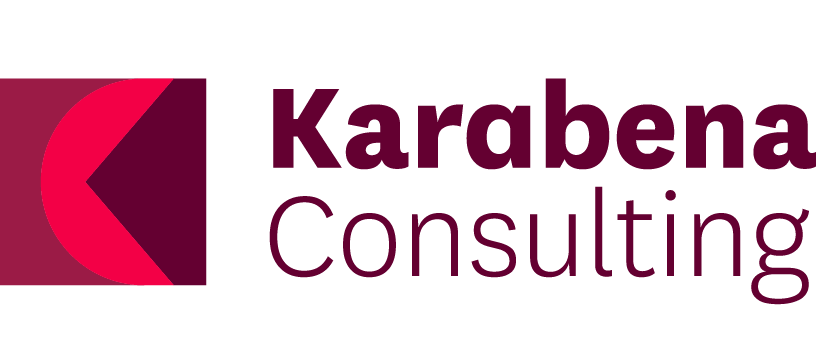Victorian First Peoples’ Tourism Plan Consultations
The Victorian Department of Jobs, Skills, Industry and Regions (DJSIR)
Who funded the project
Karabena Consulting was engaged by DJSIR to undertake Statewide consultations with Tourism Operators, Community people and Traditional Owner organisations on key inclusions and aspirations that regions had to create a viable First Peoples visitor economy.
Our methodology was based on the conceptual framework of knowing, being and doing. We identified Indigenous governance principles that are important for embedding in the First Peoples’ Tourism Plan and facilitated both face-to-face and online consultations in Mornington Peninsula, Shepparton and the Greater Region, Bendigo and Geelong. We facilitated online consultations for Metro Melbourne, the Great Ocean Road, Gippsland, and the High Country. We included the local tourism sector and local Councils in the discussions. Several case studies were collected to highlight specific requirements and opportunities needed to be included in the Tourism Plan, including from the Barmah Forest, Mornington Peninsula Springs, Budj Bim and the Great Ocean Road. We also analysed surveys completed by Indigenous businesses and Tourism Operators. Finally, we developed a Consultation Report documenting the key findings and recommendations for the development of the First Peoples’ Tourism Plan.
Summary
The primary purpose of this project was:
to understand key themes and inclusions people want to see in the Plan, including where infrastructure was going to be a key investment in the region
to understand people’s views on the establishment of a First Peoples’ Tourism Authority
to socialise key concepts and strategies that would enhance the vibrancy of the tourism sector over the next five years including partnerships, career development, mentorship, sustainability and collaboration, resilience and cultural integrity.
Project Aims
Our methodology integrated quantitative and qualitative approaches. Key elements included:
Online and face-to-face consultations: We relied on ongoing collaboration with stakeholders to highlight opportunities and aspirations. This ensured that the Consultation Report aligned with the perspectives of people invested in a Victorian First Peoples’ Tourism Plan.
Review of existing resources: We thoroughly reviewed documentation from DJSIR and Tourism Operators to assess the capacity to implement activities that will progress the development of a First Peoples’ Tourism Plan.
Culture-led data collection: We utilised Indigenous research methodologies like Dadirri and yarning as well as surveys. This allowed for respectful and inclusive data collection that prioritised community ownership and cultural safety.
Data analysis: Our analysis combined thematic examination of qualitative data with statistical methods for quantitative data, enabling us to identify patterns and inform our conclusions and recommendations.
Collaborative feedback: We invited Visit Victoria and the Aboriginal Economic Development Committee to actively contribute feedback on our findings.
Methodologies
The key output for this project was a Consultation Report detailing our findings and recommendations for the development of a First Peoples’ Tourism Plan. The Executive Summary can be found here .
Outputs
We provided DJSIR with a series of recommendations for their consideration, as well as for Victorian Tourism Operators and other key economic development stakeholders. These recommendations will ensure the emergent First Peoples’ tourism economy remains resilient and responsive. At this point, there is no First Peoples’ tourism-based visitor economy in Victoria. Although there is a $16.2 billion tourism industry in Victoria, there is no indication that First Peoples have been able to claim any benefit from this visitor-based investment. The First Peoples’ tourism industry is currently based on a series of disconnected, poorly marketed micro businesses.
For a vibrant First Peoples’ tourism industry that captures our fair share of the visitor economy, consultations revealed that the Plan must ensure two key factors: movement, as our economies are based on this principle, and the ability to extend the tourism dollar throughout Aboriginal and Torres Strait Islander networks.
Therefore, our tourism industry:
has to follow Country - i.e. with songlines, old trade routes, circular economies (i.e. keep the tourist spend in the First Peoples’ tourism economy)
needs infrastructure that supports co-evolution of mutually beneficial industries (i.e. eel based tourism, Murray cod based tourism, Murnong flower or native foods based tourism, river based tourism, coastal based tourism) so that Traditional Owners in particular areas can tell creation stories and facilitate active inclusion of other First Peoples in the tourism industry (i.e. chartered buses, cafes, sheet washing services, accommodation options)
needs to link up the experiences of the micro businesses across the State, offering self-drive, cruise ships and other transportation options to create seamless entry points to First Peoples’ tourism experiences across all regions
needs to collaborate on regional experiences – cross-promotional work and shared experiences that evolve over time to enhance scalable and connected tourism. These then connect to become economically beneficial experiences.
needs to develop those with an entrepreneurial mindset to ensure joined up activities and connected tourist experiences.
The report and recommendations will be used to develop key themes and strategic initiatives for First Peoples’ tourism in the State.
Project Outcomes
#VisitVic #FirstPeoples’Tourism #FirstPeoples’TourismPlan
